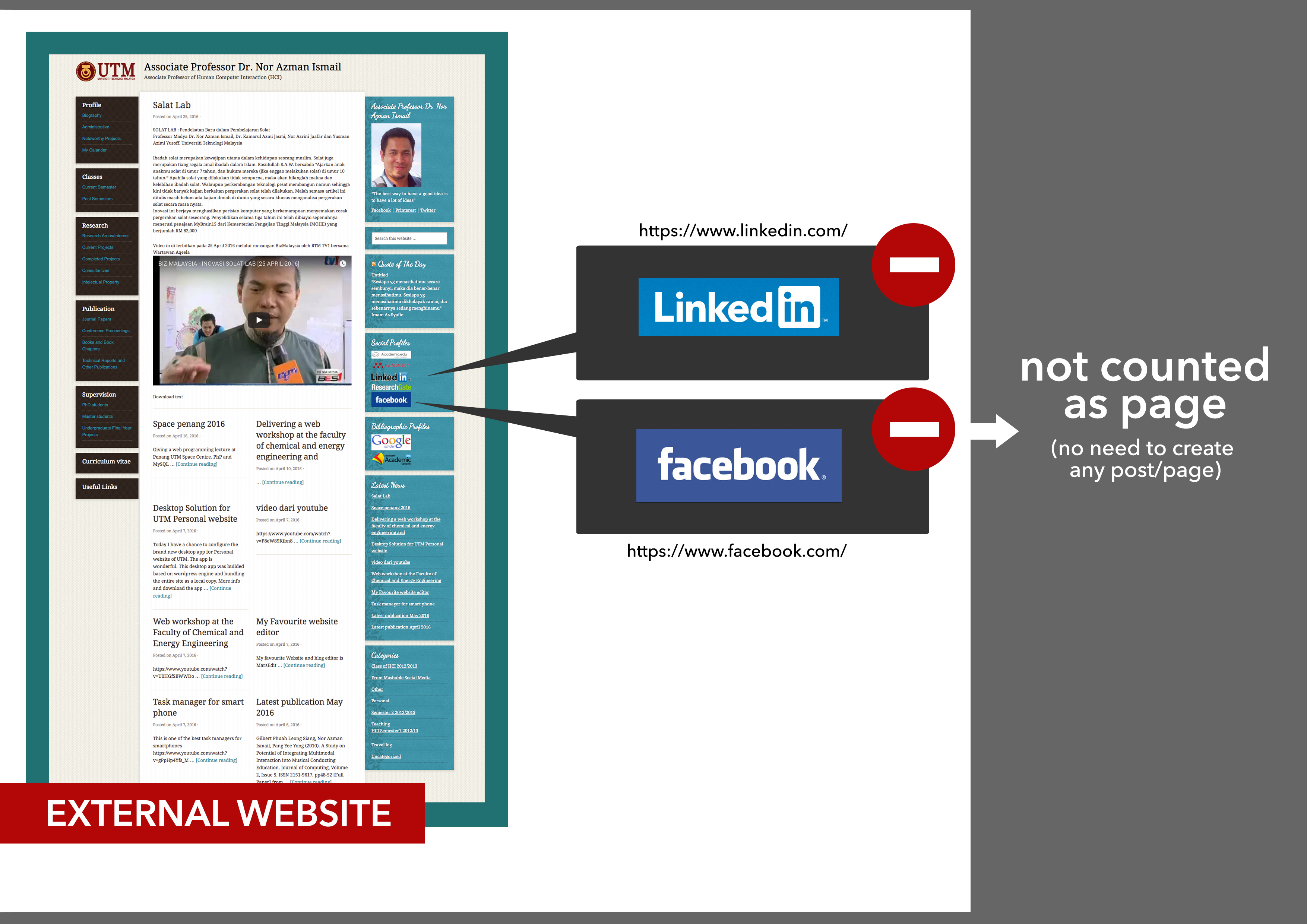by nurazaliah | Aug 9, 2018 | HowTo, Rating, UTM, website
The science of webometrics (also cybermetrics) tries to measure the World Wide Web to get knowledge about the number and types of hyperlinks, structure of the World Wide Web and usage patterns. According to Björneborn and Ingwersen (2004), the definition of webometrics is “the study of the quantitative aspects of the construction and use of information resources, structures and technologies on the Web drawing on bibliometric and informetric approaches.” The term webometrics was first coined by Almind and Ingwersen (1997). A second definition of webometrics has also been introduced, “the study of web-based content with primarily quantitative methods for social science research goals using techniques that are not specific to one field of study” (Thelwall, 2009), which emphasizes the development of applied methods for use in the wider social sciences. The purpose of this alternative definition was to help publicize appropriate methods outside of the information science discipline rather than to replace the original definition within information science.
So how to increase your website webometrics? Of course by posting!. Keep posting on and soon your webometrics index also will be increased.
For all UTM staffs, this is how UTM count your webometrics
GARIS PANDUAN MARKAH BONUS (5%) WEBOMETRICS DALAM eLPPT
| Bilangan pages |
Markah |
| 2000 dan ke atas |
5 |
| 1000 dan ke atas |
4 |
| 500 dan ke atas |
3 |
| 250 dan ke atas |
2 |
| 100 dan ke atas |
1 |
Cara Mendapatkan Bilangan Laman Web
- Lawati http://www.google.com
- Masukkan kata kunci carian site:[alamat laman web anda] seperti dalam gambar

- Salin bilangan results sebagai bilangan pages laman web anda
by nurazaliah | Jul 16, 2018 | Rating, UTM
Make sure your eLearning comply with this criteria.

by nurazaliah | Mar 29, 2018 | journal, Rating
The Journal Impact Factor quartile is the quotient of a journal’s rank in category (X) and the total number of journals in the category (Y), so that (X / Y) = Percentile Rank Z.
Q1: 0.0 < Z ≤ 0.25
Q2: 0.25 < Z ≤ 0.5
Q3: 0.5 < Z ≤ 0.75
Q4: 0.75 < Z
by nurazaliah | Feb 18, 2018 | Rating
What is MyRA?
‘MyRA’ is an acronym for the Malaysian Research Assessment Instrument. It is a comprehensive system developed to assess the research capacity and performance of all Higher Education Institutions (HEIs) in Malaysia. Development in 2006 it’s first objective was to meet the Malaysian Research University (MRU) agenda of the Ministry of Higher Education (MoHE) and that was to identify 5 universities in Malaysia for award of the MRU status. Today, the MRU agenda is well enshrined in the National Higher Education Strategic Plan (PSPTN) 2007-2020, which is to elevate the standing of public HEIs to attain world-class status and to create differentiated higher education scenarios to meet the socio-economic aspirations of the country while being cognizant of the limited resources available to pursue such goals. Thus MyRA was used to accreditate and monitor the research performance of public universities, but beginning in 2014, all HEIs in the country were mandated to participate in the annual assessment exercise to coincide with the opening up of MoHE research grants to all universities (public or private) in the country. MyRA now includes a 6-Star rating system and all participating HEIs are Document-audited and Site-audited by a panel of trained auditors.









Recent Comments